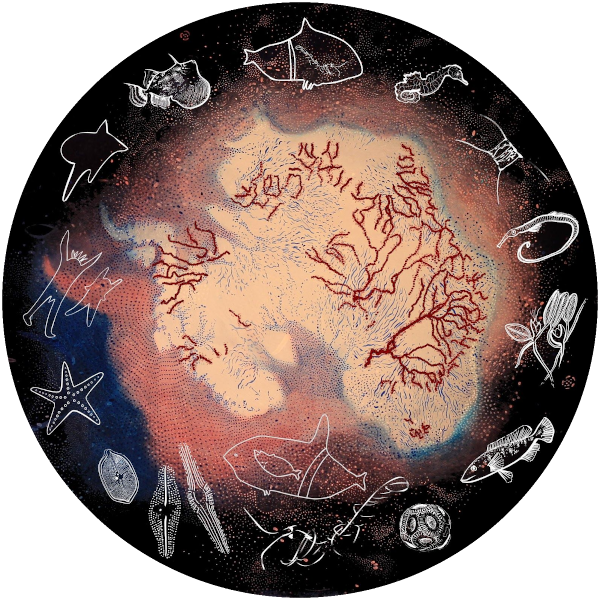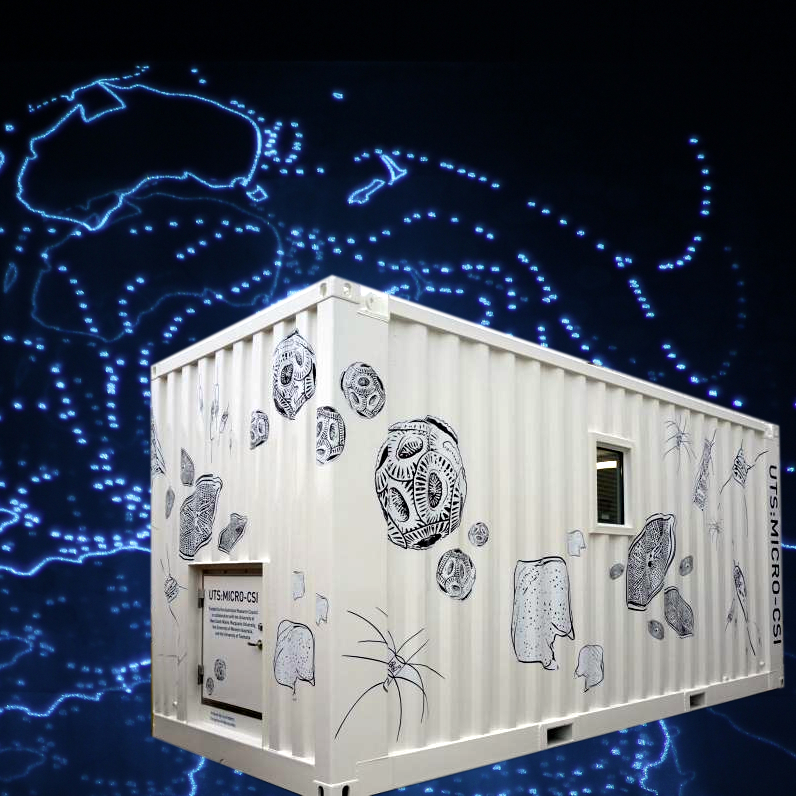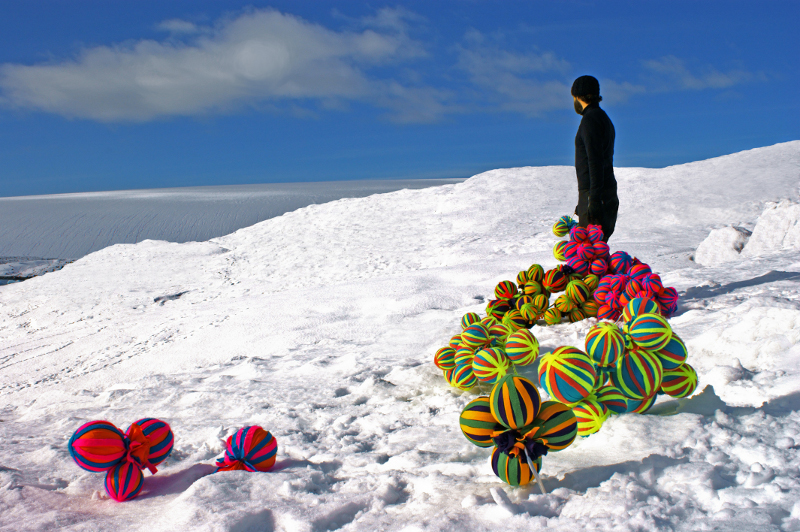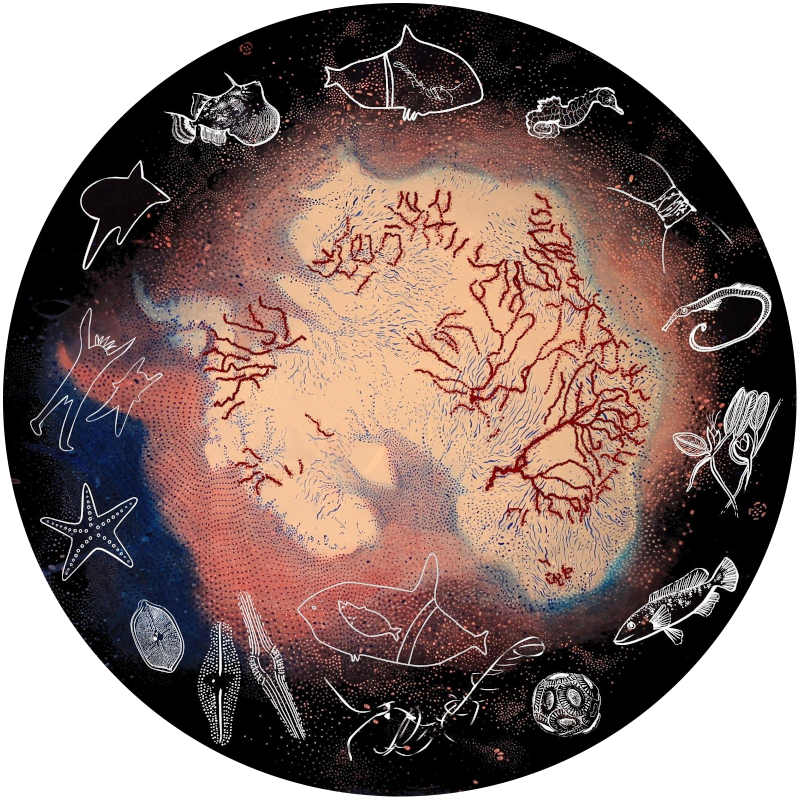Living Data
Presentations/
Index
Disclaimers, Copyrights and Citations
Presentations/Index 2010 2011 2012 2013 2014 2015 2016 2017 2018 2019 2020 2021 2022 2023 2024
As scientists and as artists we present stories of relationship in the natural world.
COP26

This image from the MEASO Living Data paper, Enabling enduring evidence-based policy for the Southern Ocean through cultural arts practices,contributes to COP26 through the presentationmade by Drs Jess Melbourne-Thomas and Andrew Constable, on Saturday 6th November 2021.
PERSPECTIVE article
Frontiers in Ecology and Evolution
Front. Ecol. Evol. | doi: 10.3389/fevo.2021.616089
Lisa Roberts, Tracey Benson, Danae Fiore, Paul Fletcher, Ellery Johnson, Cat Kutay, Jess Melbourne-Thomas, Katherina Petrou, Melissa Silk, Stephen Taberner, Victor V. Filgueira and Andrew J. Constable

UTS CSI Lab: Microbial Cell Sorting and Imaging mobile laboratory 2015-2020. A 3-way collaboration between scientist Martina Doblin, artist Lisa Roberts and designer and curator, An Marosszeky.
The idea behind the Microbial Cell Sorting and Imaging laboratory was that the lab would travel to sea so that it could investigate living microbes directly adjacent to their ocean habitats, rather than requiring preserved samples to be brought back to a land-based laboratory. I was adamant that if I was going to spend weeks of time in a lab at sea, then it should be fun and create an inspiring environment for others. Having explored the Timor, Arafura, Coral and Tasman Seas, the UTS CSI now sits at the Australian National Maritime Museum as part of their expanded lab space for public outreach and education activities.
Professor Martina Doblin
Scientist
University of Technology Sydney, 2020

Still from New Species 2011
Video by Andrea Juan. Duration 00:07:00
Screened in the 2014 Living Data program,
Living Data Lab: Evolving Conversations
Taking art to Antarctica is reminds us of its frozen seas, its species, and its icebergs, and how important they are for the terrestrial ecosystem. The last two decades were probably the warmest in the last five centuries. The biggest changes are related to the disintegration of the A and B sectors of the Larsen Ice Shelf. When these ice shelves receded, an extraordinary treasure of ten million specimens was revealed beneath the Weddell Sea, on the coast of the Antarctic Peninsula.
Andrea Juan
Visual artist
Professor of Visual Arts,
National University of Tres de Febrero
Head of Cultural Projects,
National Antarctic Bureau of Argentine Ministry. 2011



















